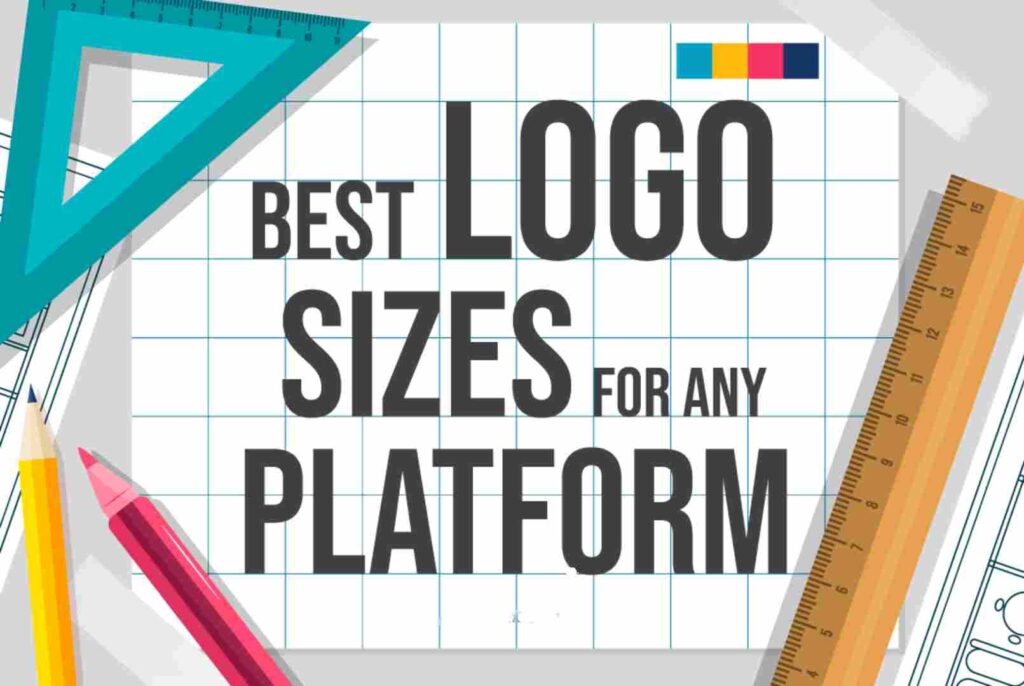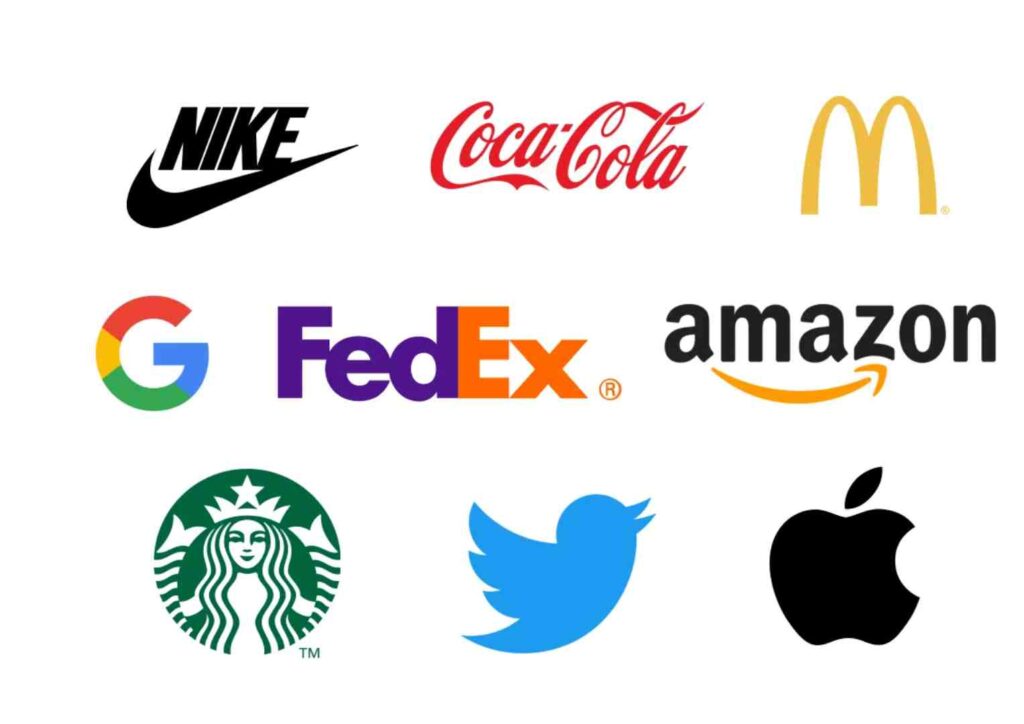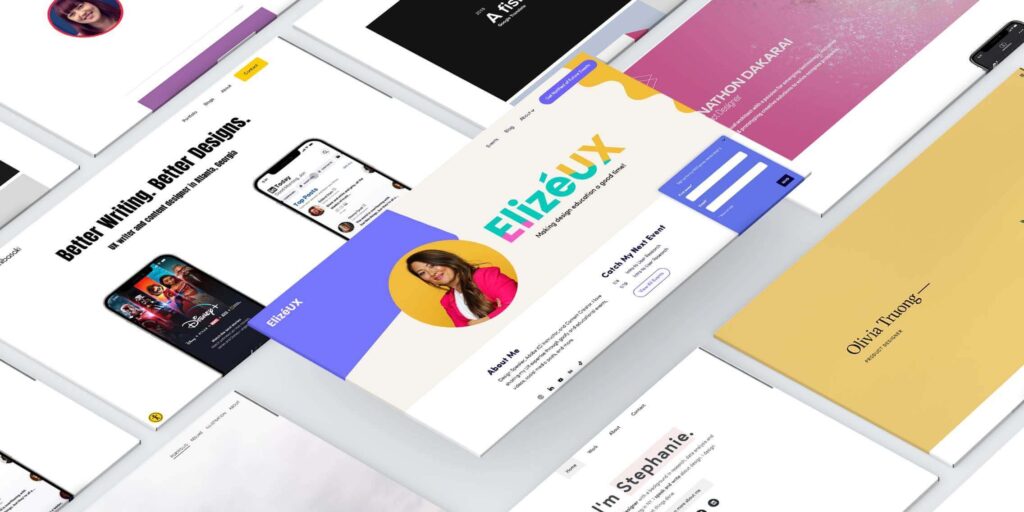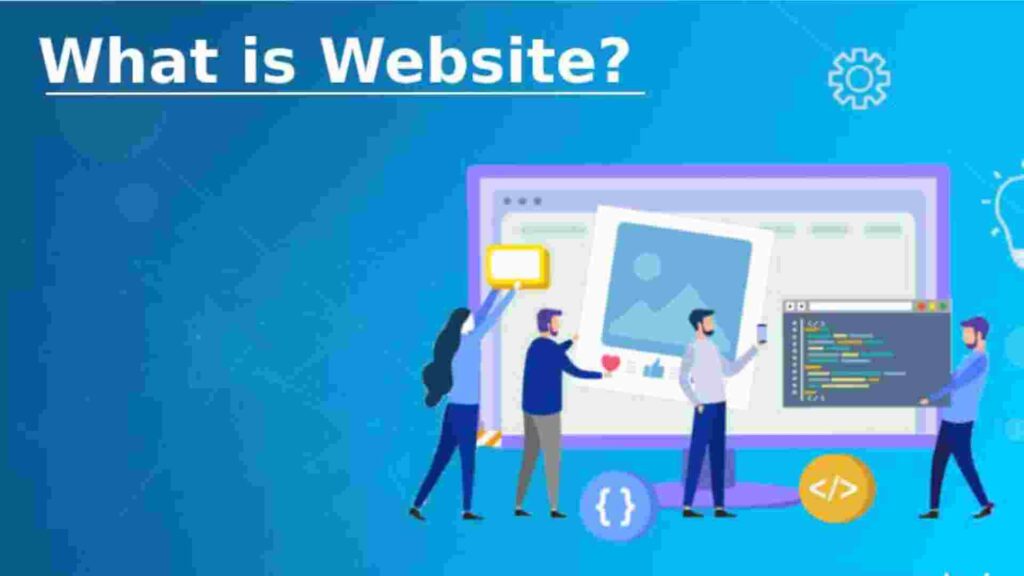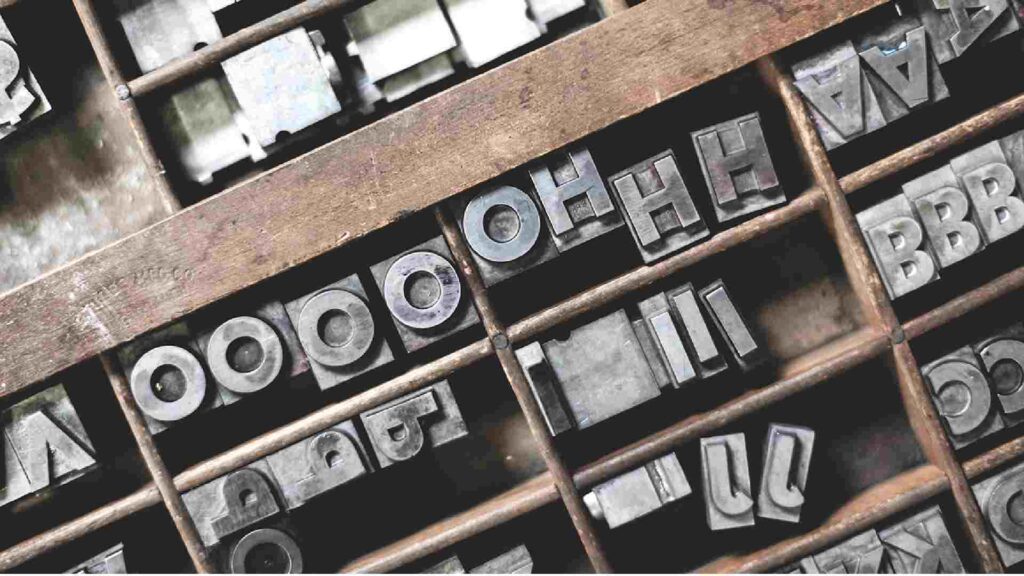Your logo is the face of your brand, making it essential to get the size just right. Whether you’re designing for your website, social media, or print materials, understanding the best logo size can make a significant difference in how your brand is perceived. In this blog, we’ll explore the ideal logo size for various platforms and provide you with guidelines to ensure your logo looks great everywhere it appears.
Why Is Logo Size Important?
Choosing the best logo size is crucial because it impacts:
- Visibility: A logo that’s too small can be hard to see, while one that’s too large can overwhelm other elements.
- Brand Recognition: Consistent logo sizing across platforms helps maintain brand identity and recognition.
- User Experience: Proper sizing ensures that your logo looks professional and fits well within the design of your website, social media profiles, and print materials.
Guidelines for Different Platforms
Website Logo Size
Website logo size can vary depending on the design and layout of your site. However, there are some general guidelines to follow:
- Header Logo: Typically, a header logo should be around 250–400 pixels wide and 100–150 pixels high. This size ensures visibility without overpowering the page layout.
- Favicon: Favicons are small icons that appear in browser tabs. The recommended logo size for favicons is 16×16 pixels.
- Retina Displays: For higher-resolution screens, provide a double-sized logo (e.g., 500×300 pixels) and use responsive design techniques to ensure it displays correctly.
Social Media Logo Size
- Facebook: For profile pictures, the recommended logo size is 180×180 pixels. The image should be clear even when scaled down to smaller sizes.
- Twitter: The profile picture should be 400×400 pixels, while the header image should be 1500×500 pixels.
- Instagram: Use a 110×110 pixels profile picture, but upload a larger image (e.g., 320×320 pixels) for better quality.
- LinkedIn: For personal profiles, the recommended logo size is 400×400 pixels, and for company pages, it’s 300×300 pixels.
Print Logo Size
For print materials, getting the logo size right is critical for clarity and professionalism:
- Business Cards: The typical logo size for business cards is around 1.5–2 inches wide. Ensure it’s high-resolution (at least 300 DPI) to maintain quality.
- Letterheads: On letterheads, your logo should be 2–3 inches wide and positioned at the top of the page.
- Brochures and Flyers: Adjust the logo size based on the design, but it generally ranges from 3–5 inches wide.
Tips for Designing a Versatile Logo
To ensure your logo looks great in any size and format, follow these tips:
1. Design in Vector Format
Creating your logo in a vector format (e.g., Adobe Illustrator) ensures it can be resized without losing quality. Vector files are scalable and ideal for both digital and print use.
2. Keep It Simple
A simple design translates better across various sizes and platforms. Avoid overly intricate details that might get lost when the logo is scaled down.
3. Test Across Different Platforms
Always test your logo across different devices and platforms to ensure it maintains clarity and visual appeal. This includes checking how it looks on mobile devices, desktops, and printed materials.
4. Provide Multiple Sizes
Prepare different versions of your logo for different uses. This includes standard, high-resolution, and resized versions to ensure versatility.
FAQs
Q: What is the best logo size for a website header?
A: The ideal logo size for a website header is typically 250–400 pixels wide and 100–150 pixels high. This size ensures visibility and balance within the header section of your site.
Q: How can I ensure my logo size looks good on social media?
A: To ensure your logo size looks good on social media, adhere to the platform-specific guidelines and upload high-resolution images. Test your logo on each platform to ensure it displays correctly across different devices.
Q: Why is vector format important for logos?
A: Vector format is crucial for logos because it allows for resizing without loss of quality. This ensures your logo looks sharp and clear, whether it’s displayed on a small screen or printed on a large banner.
Q: What should I consider when designing a logo for print?
A: When designing a logo for print, ensure it is high-resolution (at least 300 DPI) and appropriately sized for the print material. Consider how the logo will appear on different types of media, such as business cards, letterheads, and brochures.
Q: How do I prepare my logo for different sizes?
A: To prepare your logo for different sizes, create multiple versions of the logo in various sizes and resolutions. Use vector files for scalability and adjust the design as needed to ensure it maintains its visual appeal across different formats.
Conclusion
Understanding what is the best logo size for various applications is essential for maintaining a professional and cohesive brand image. By following the guidelines for websites, social media, and print materials, you can ensure your logo looks great no matter where it’s used. Remember to design in vector format, keep the design simple, and test your logo across different platforms to achieve the best results. With the right logo size, your brand will stand out and make a lasting impression.

